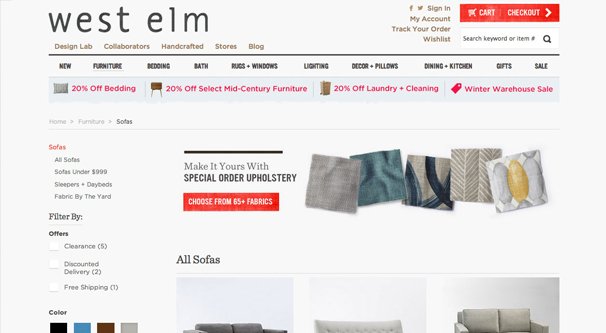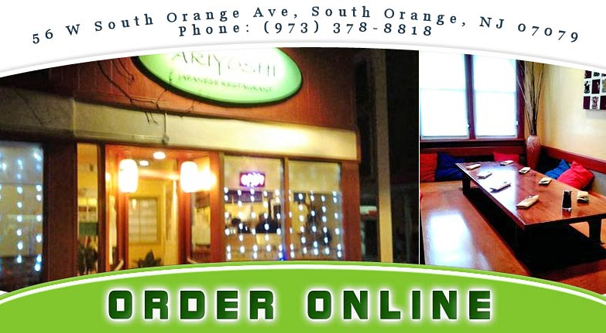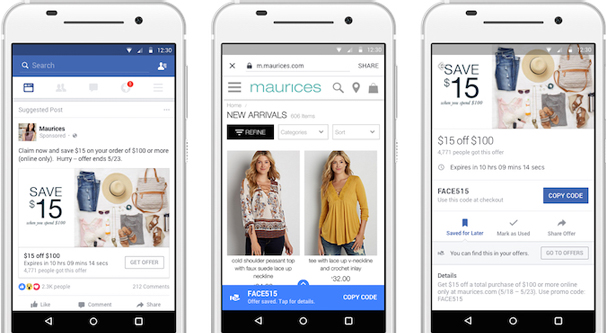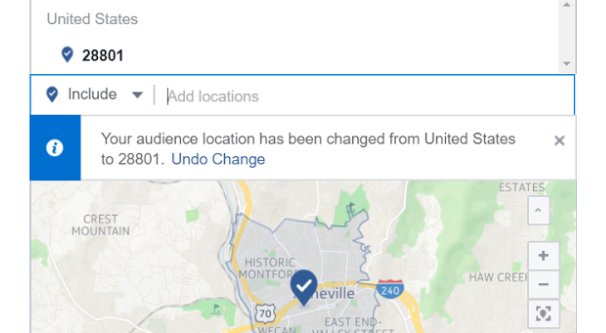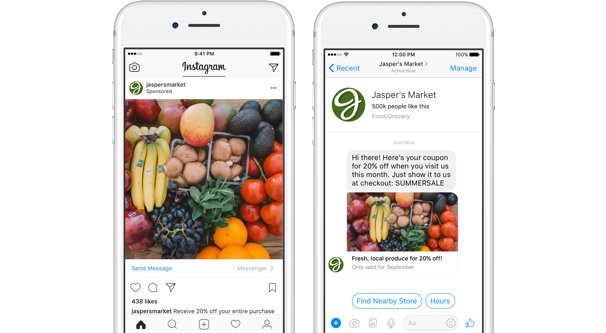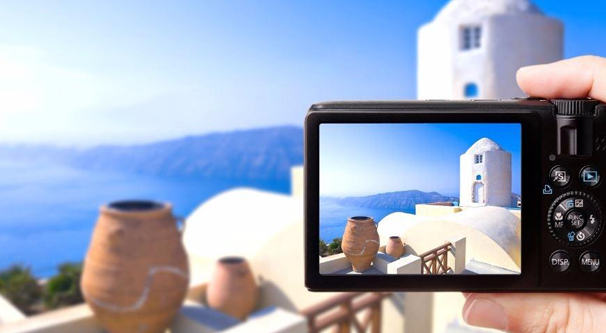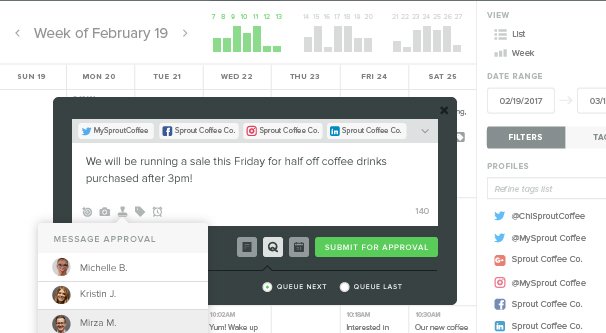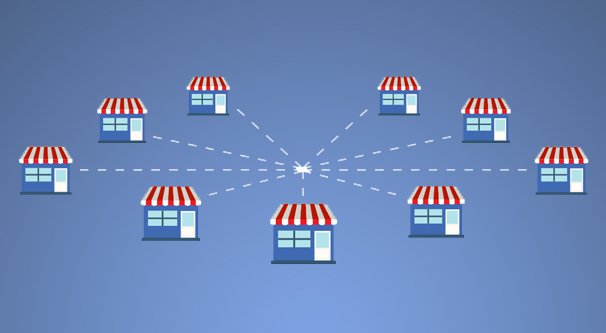 Written by ContentPowered.com
Written by ContentPowered.com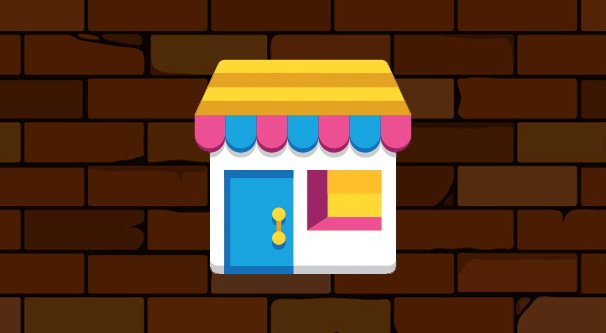
Brick and mortar businesses, those retail stores with physical locations, have an interesting challenge in this world of digital marketing. If you eschew the digital world altogether, you’re going to be left behind, there’s no doubt about it. Many small businesses fail because no one even knows they exist, not to mention how the web-enabled businesses are so much more proactive with offering discounts and sales.
How can you grow a physical business on social media? Luckily, you have all of the same options available to you as a web business, if not more, but you have to know how to take advantage of them.
Knowing Yourself
I’ve divided this article up into three sections. The first, knowing yourself, is about knowing your situation and figuring out what advantages and disadvantages you may have. Here are several questions to answer that can help establish your basic position and how you can improve with social media.
1. Can You Sell Online?
First up, a simple question of whether or not you can sell online. A mom and pop retail store selling furniture or groceries can sell online just fine, though it may require some complex setup with shipping and inventory management and all of that stuff. There are out of the box e-commerce setups you can buy and get rolling, so that’s not an issue beyond the initial investment.
Other companies can’t sell online, like a local lawn care or maid service, unless you’re carefully limited to only your geographic service area. Even then, most such companies use their online presence to refer potential customers to their phone lines, rather than an online storefront.
2. Are You Local, Regional, National?
Scale is going to be important for any social media efforts. It determines what kind of audience and targeting you can use effectively, as well as the kinds of strategies available to you. More importantly, it impacts the kind of goals you should have. If you start a Facebook page, you should know whether you’re looking to build an audience in the thousands or in the millions.
3. Do You Want Central or Distributed Management?
Some businesses are basically local franchises, and they leave management of the social profiles to local managers with some corporate oversight. Others have one central page to cover all of their locations worldwide. This is a decision you need to make, bearing in mind that the distributed option tends to be more expensive and more time-intensive.
4. Are You New or Established?
New brands can get started on social media fairly easily. You don’t necessarily need to dig into institutional knowledge or maintain an existing brand personality, you can just form and adapt to the platform as need be. Established businesses, however, are more able to leverage their existing audiences to get a head start through the early moments of a small-scale page.
5. Why Do People Buy from You?
This one isn’t necessarily directly related to social media, but it’s good to know regardless. When you know why your customers make purchases from you, you can leverage that knowledge to promote those benefits to others via social media. It’s a great way to get more interaction and engagement, not to mention more sales.
6. What Are Your Goals?
You should know your goals with social media, though you can always change them as you go. It’s always important to have goals to work towards, even if you need to change them later.
Do you want to get more referrals to your business? Do you want to start and boost a web store? Do you want to encourage more foot traffic and raise awareness in surrounding areas? Do you want people to be able to order food online? There are a lot of possible goals, and you can have several goals at once, you just need at least one.
7. Which Platforms Can You Use?
I, and most other marketers, will recommend the big three platforms for social media, at least to start with. Facebook is #1 and should be used by pretty much everyone. Twitter is #2, and is great for customer service, quick flash sales, and news and announcements. LinkedIn is a good platform for the more corporate end of things, especially as a means to attract new employees. You can also consider Instagram if you have a highly visual kind of business. Other social networks can come and go as you find uses for them.
Using Brick and Mortar Advantages
This second section is about making use of the benefits of a physical location and how they relate to social media. Believe it or not, a physical location is not an anchor, it opens up specific avenues you might not notice at first.
8. Use Facebook Offers
Facebook Offers are a kind of advertisement where you can offer something like a free trial or a coupon code to people who redeem it via Facebook. This is a great way to bring more engagement to your page.
Since they’re ads, you can target geographically local people who aren’t necessarily part of your audience already, but who will find your page and may stop in because of the offer, making it a two-for-one benefit.
9. Use Facebook Geotargeted Advertising
In fact, Facebook has a lot of location targeting that works as a very specific way to reach people local to your retail location. You can even set up some ads that will reach people when they’re out and about, geographically proximate to your store, even if they’re normally located quite a ways away.
These can be great for the impulse stop nature of some shoppers. I recommend doing plenty of reading on Facebook’s various local features.
10. Engage Personally with Customers
A huge benefit to social media is the ability to interact with your customers on a personal level. You can get to know them just like you do in your store. I’m talking primarily about small stores that have regular customers, of course; global retail chains like Walmart aren’t going to be able to pull this off. Still, if you have the ability to engage personally with people who leave comments on your post, this is a great way to build up that sense of community. A connected community is one of the strongest benefits you can get out of social media.
11. Use Facebook Messenger and DMs to Compete
Sometimes people want to reach out to you but they don’t want to call your store. Direct messages through Twitter or Instagram, or messages through Facebook, can all be good ways they can reach you. It’s important that you have someone monitoring them as much as possible.
You don’t necessarily need someone on Messenger 24/7, but keeping someone active on it during business hours is good practice. You can also set up Facebook Messenger chatbots to give you even more engagement, if you want something a bit more advanced.
12. Incorporate Social in In-Store Advertising
Social media marketing goes both ways. In addition to advertising your store through social media, you should be advertising your social media in-store. Include the URL or name of your Facebook and Twitter accounts on your receipts, in your mailers, and wherever else you can. I know some businesses even use in-store wi-fi as a sales pitch. You have to authenticate with the store, and sometimes even join a mailing list, to get access to the internet. It can be a pretty decent technique in the right audience.
13. Run Social Photo Contests
Photo contests are a great way to interact with a community in a humorous way. Even something as simple as setting up a banner in front of your store and saying “come take a picture, best one gets a prize” can work.
You get foot traffic coming in for the photo op, you get people already shopping who decide to partake for the chance at a prize, and you get to share a whole bunch of fun community photos with your audience online.
14. Encourage Reviews on Facebook
Facebook has a system where users can check in and leave reviews, and it’s limited explicitly to businesses with single physical locations. If you don’t have a place on a map that you can point to as your location, Facebook doesn’t let the system turn on for you. The map is also useful, by the way, as it can help people who want to stop in but aren’t sure where to find you.
15. Network with Other Local Businesses
Some of the best and most successful brick and mortar businesses on Facebook spend half their time talking about other small local businesses. Partner up with other business owners and, when one of them has news to share, share it. Help others out and they’ll help you out. You can even create something more community focused, like a hidden “where’s waldo” style object in each shop, with a community activity of finding them all.
16. Connect With Local News and Publications
Another benefit to being part of a small community is being able to link up with and engage with local publications. You can monitor local news and discuss it on your page. You can send information or press releases to local news agencies to get coverage for special events and new products.
There are all sorts of ways you can take advantage of this connection.
17. Give Back to the Community
This isn’t really much of a social media promotion method but it’s very useful nonetheless. When you give back to the community, by sponsoring events, running pledge drives, promoting other local businesses, and even helping out individuals, they tend to be happy about it. Many of them may even post about it on their social profiles, which can link back to yours, and benefit you in a roundabout way.
18. Be Genuinely Local
This is a hard tip, because a lot of large brands try to split off into individual store location pages in hopes of capitalizing on the local feeling, when they come across as too corporate. It’s easy to verify, after all; if a user visits a page for a different franchise and sees the same posts with the names changed, it doesn’t exactly make them feel special. Be genuine with your local engagement.
Capitalizing on the Internet
This third section is more general advice for any retailer on the web, and how to use social media effectively when your end goal is to sell more products.
19. Schedule, but Post on the Fly Too
Scheduling posts is important, using tools like these, since it ensures that your page always has something new coming down the pipe. However, you should always leave time to post something new and on the fly each day, to keep that active and responsive level of attention.
Follow trends and news, post new content, and keep your schedule flexible.
Hashtags aren’t the best idea on Facebook, but they’re essential for Instagram and Twitter, so it’s worthwhile to learn how they work and compile a document of general tags you can use. They’re not that difficult, just read a few posts about the topic and you’ll basically be an expert.
21. Curate Relevant Content
Many experts recommend a 5-3-2 spread of content. Don’t know what that means? The thought is that out of every 10 posts, 2 of them should be your own posts about sales and products, 3 of them should be your posts about more pleasant non-sales topics, and 5 of them should be curated content from other sources that you think your users would like. It’s a good distribution for making sure you’re not overly advertorial and hurting your distribution.
22. Consider Creating a Blog
Content marketing and social marketing go hand in hand, and creating a blog can be a great way to take frequent customer questions, positive reviews, and interesting anecdotes and turn them into more useful content.
23. Don’t Copy Content for Franchises
I mentioned this in parting above, but if you’re maintaining separate accounts for franchises, try to let them be as unique as possible. Some will fail while others will succeed, but the important part is they’re personalized.
You can mandate certain kinds of content for major sales and promotions, but leave the bulk to the franchises to develop.
Positive reviews are always a good idea, and you can solicit them and share them on social media. Ask people to send you reviews and highlight the best ones.
25. Keep At It
Social media marketing is, at the end of the day, like slow cooking or smoking meat. It takes a long time of slow and steady effort, but the results are extremely worthwhile. Don’t give up when your social profiles fail to go viral in the first month or two, just keep plugging away at it.
